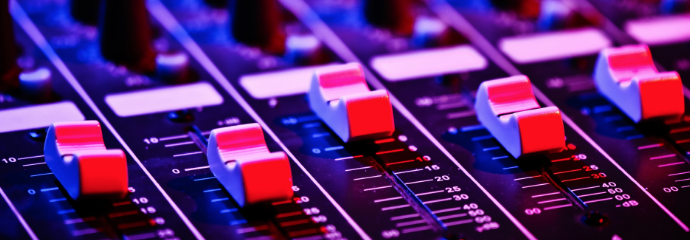BELOW IS A CONDENSED VERSION OF AN ARTICLE I WROTE FOR THE PERCUSSIVE ARTS SOCIETY: Composing for multimedia involves a delicate balance between realization of inspiration and logistical actuality. Composers must take into account logistics, orchestration of separate media elements, and proper notation for mixed media scores. At the start of the composition, the artist must unify in the mind the disparate components of the piece. Whereas in the past, orchestration decisions involved choice of instrument and timbre, contemporary multimedia composers also incorporate visual imagery, interactivity, performance art, and a countless number of nonmusical elements in their compositions. Often the artist must compose the parts simultaneously in order for the overall piece to be successful, which may involve writing computer code, orchestrating traditional acoustic elements, producing video, developing dramatics, and writing text. In this way, composing for multimedia elements shares the multip

